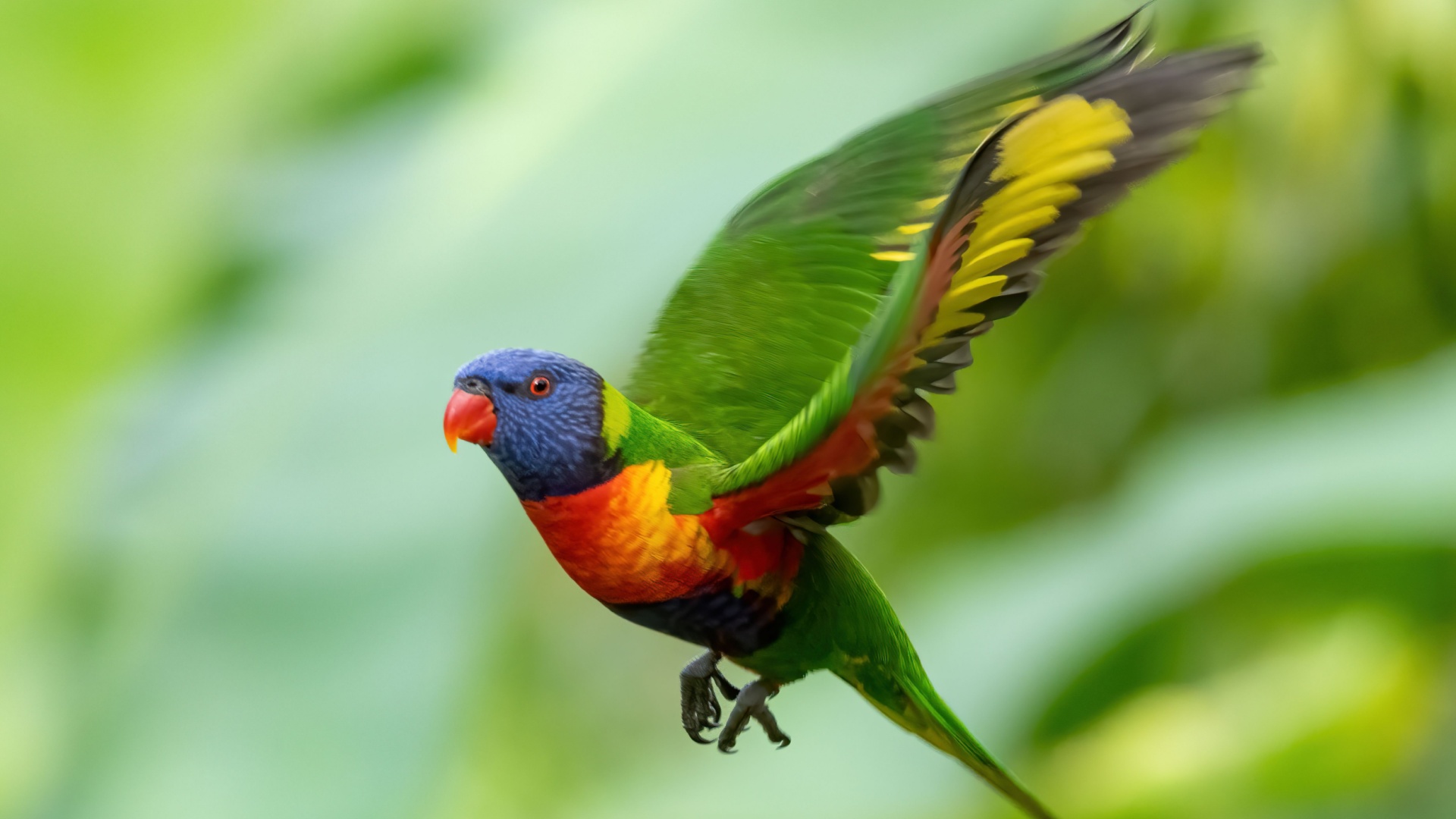Not all birds are suited for life behind bars. Some species have natural instincts and behaviors that require space to fly, explore, and interact with their environment.
Keeping these birds in a cage can impact their well-being, making it essential to understand their needs.
Let’s explore the birds that truly need freedom to live their happiest and healthiest lives.
1. Hyacinth Macaw
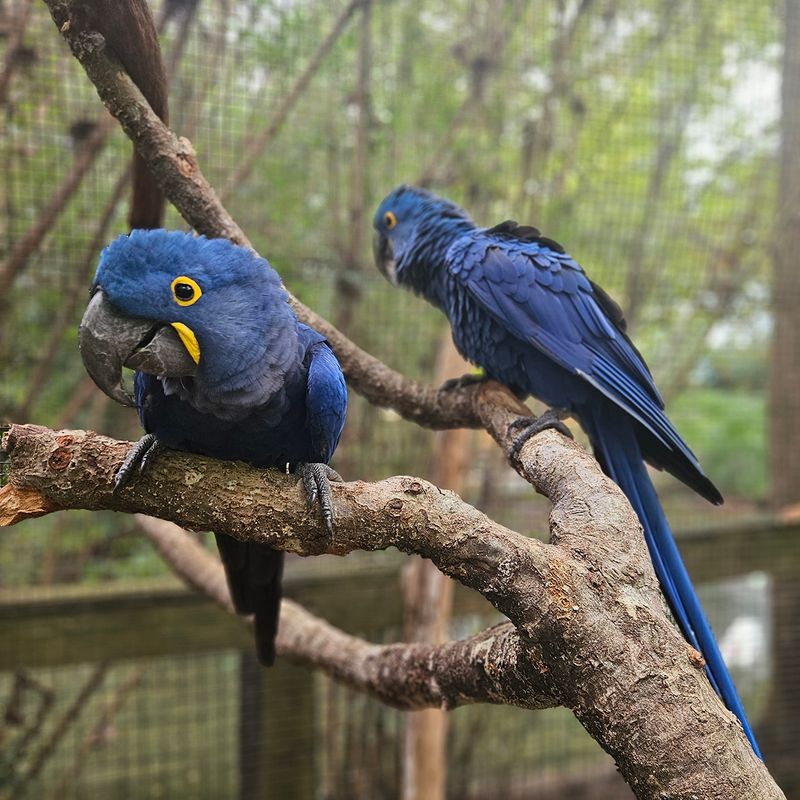
Native to South America’s lush rainforests, the Hyacinth Macaw is renowned for its striking cobalt blue plumage and impressive wingspan. As the largest parrot species, these birds require ample space to fly and explore, making life in captivity particularly challenging.
In their natural habitat, Hyacinth Macaws thrive in the wild, engaging in complex social behaviors and foraging for nuts and seeds. Captivity often limits their ability to exercise these natural instincts, leading to stress and health problems.
Caring for these magnificent creatures demands commitment and understanding of their specific needs. While they are popular pets, true freedom for a Hyacinth Macaw involves vast open spaces where they can engage in their natural behaviors.
2. African Grey Parrot
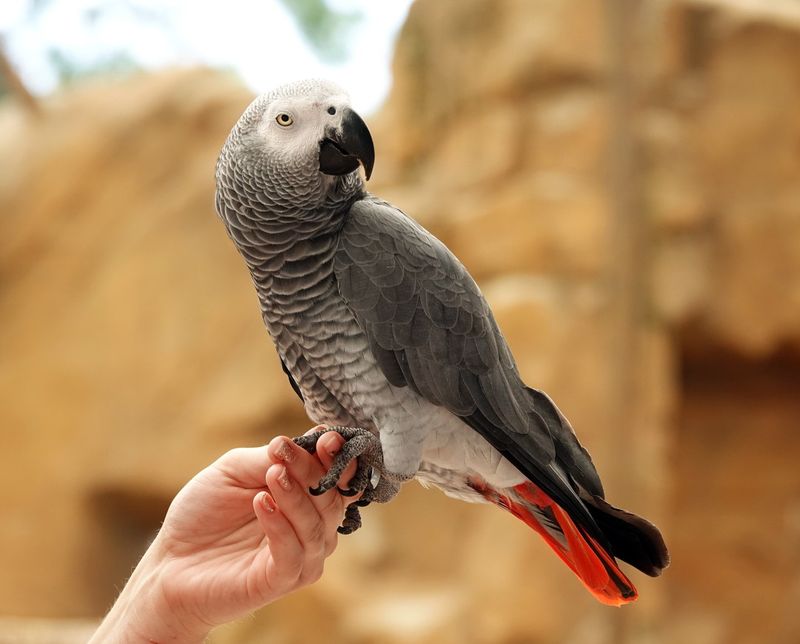
African Grey Parrots are renowned for their high intelligence and exceptional ability to mimic human speech. These attributes make them popular pets, but their cognitive needs often go unmet in captivity.
In the wild, African Grey Parrots form complex social structures and communicate extensively with one another. Captivity can lead to boredom and stress, manifesting in behaviors such as feather plucking.
Providing an enriching environment is crucial for their wellbeing, yet the ultimate freedom for these intelligent birds lies in the diverse and stimulating world beyond the cage, where they can fully engage their minds and socialize naturally.
3. Scarlet Macaw
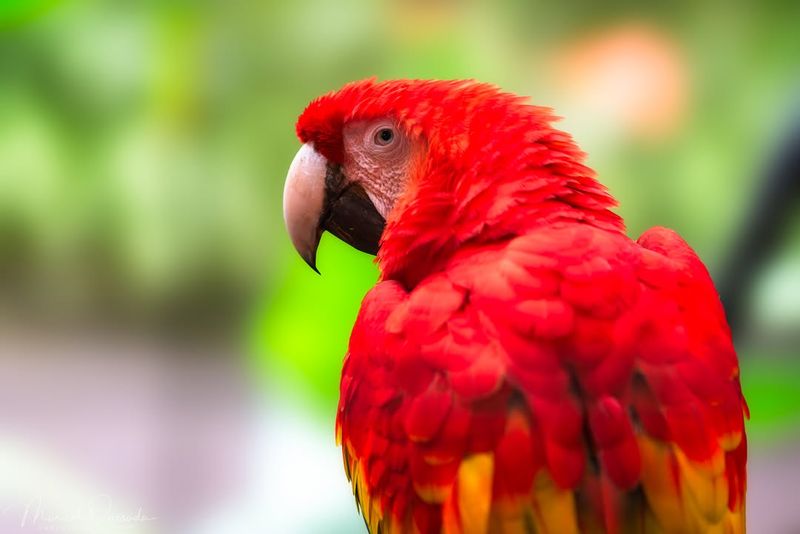
Found in the lush rainforests of Central and South America, Scarlet Macaws are vibrant symbols of biodiversity. With their stunning plumage and lively personalities, they are highly admired but thrive best in vast, natural habitats.
In their natural environment, these birds travel in flocks, form intricate social bonds, and forage for a wide variety of fruits and seeds. Captivity limits these behaviors, often resulting in stress and health complications.
To fully embrace their instinctive nature and ecological role, Scarlet Macaws require the freedom of the rainforest, where they can live in harmony with their surroundings.
4. Snowy Owl
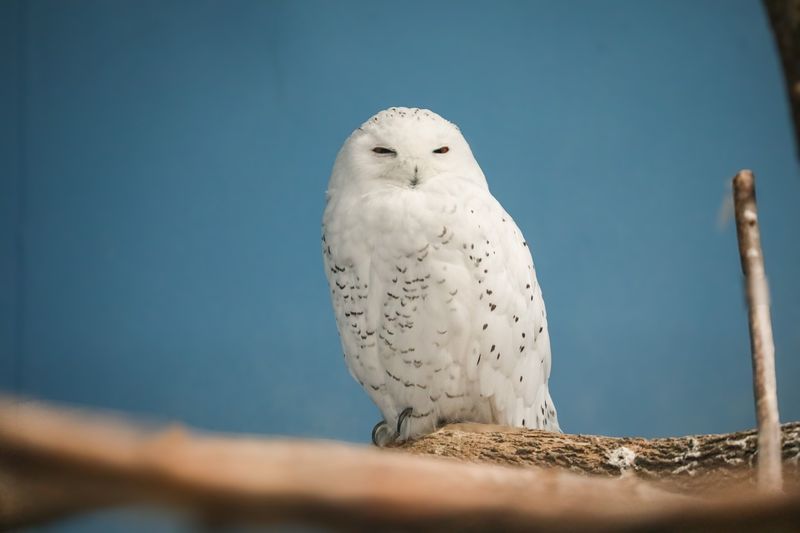
Snowy Owls, with their striking white plumage and mesmerizing yellow eyes, are well-adapted to the Arctic’s harsh climates. These majestic birds are active hunters, adept at capturing prey even in the challenging snowy landscapes.
Their wide roaming territory is essential for hunting and breeding, a freedom often curtailed in captivity where space is limited. This restriction can lead to stress and behavioral issues.
For Snowy Owls, the vast open tundras of the north provide the ideal setting to exhibit their natural prowess and maintain their health, far away from the confines of enclosures.
5. Cockatoo
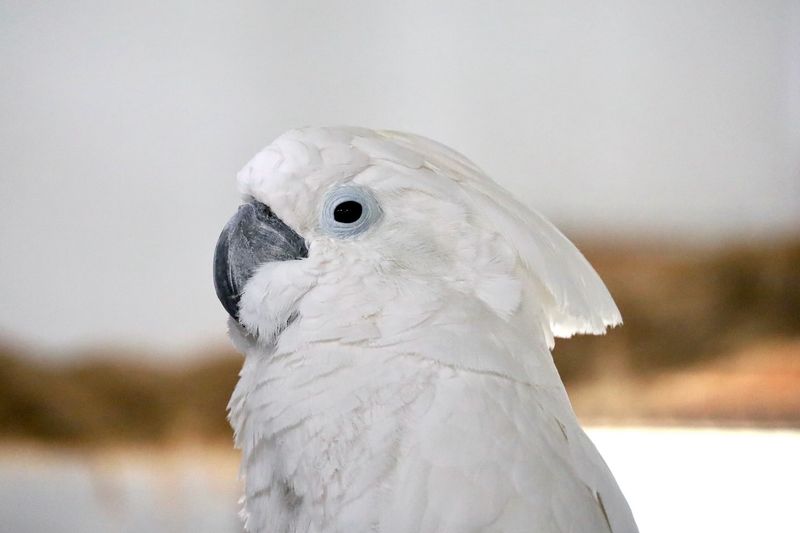
Cockatoos are known for their playful nature and striking crests, making them highly sought after as companion birds. However, their complex social needs often go unmet in confined spaces. In the wild,
Cockatoos live in large, noisy groups, thriving on social interaction and environmental stimulation. Captivity can lead to boredom and behavioral problems without appropriate enrichment.
To truly honor their spirited nature, Cockatoos require environments that allow for socialization, play, and exploration, showcasing their dynamic personalities beyond the limits of a cage.
6. American Kestrel
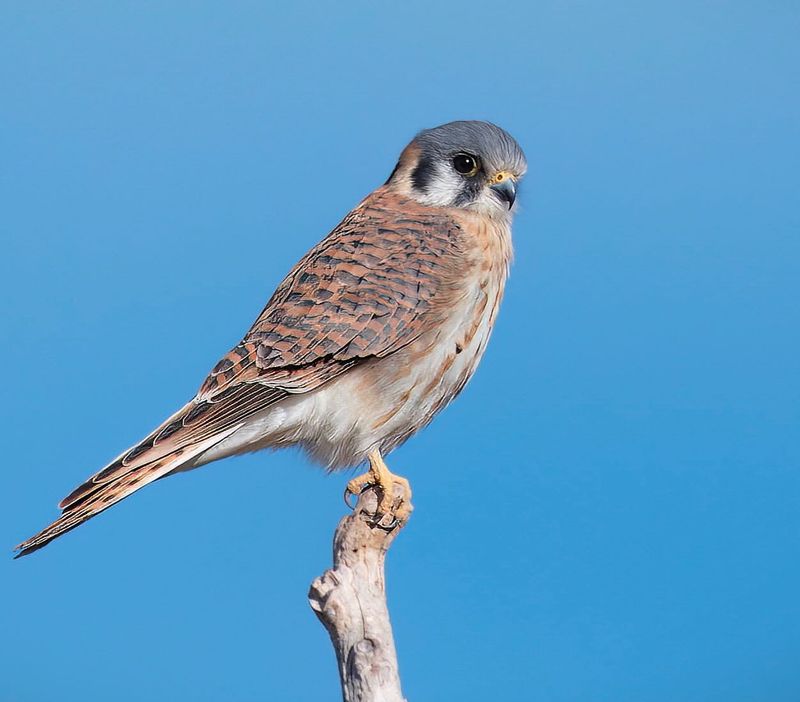
North America’s smallest falcon is a master of flight and agility. These birds excel in open terrains where they can hunt insects and small mammals with precision.
Their vibrant plumage and keen eyesight are adapted for a life of active hunting. In captivity, these natural instincts are stifled, often leading to stress and health concerns.
For the American Kestrel, true freedom lies in the open skies and vast landscapes, where they can pursue prey and exhibit their remarkable aerial skills in a natural setting.
7. Great Horned Owl
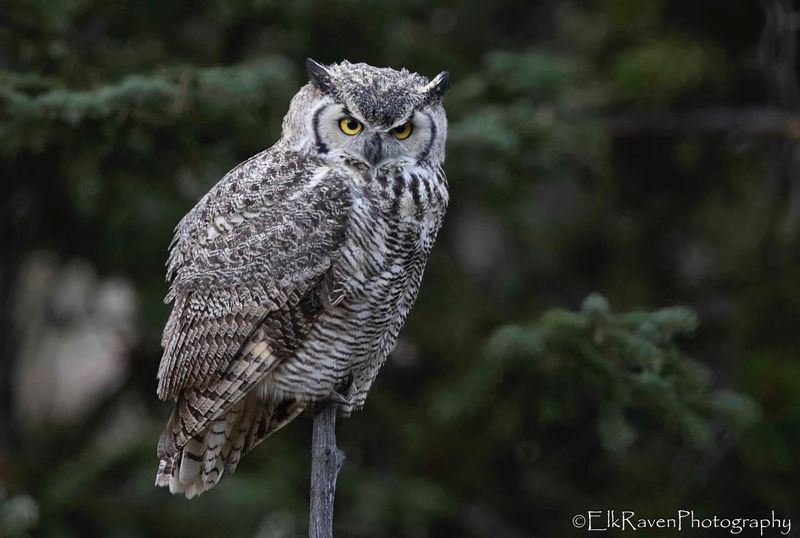
Great Horned Owls are one of the most fascinating owls, combining strength, adaptability, and an air of mystery. Their piercing eyes, tufted “horns,” and haunting calls make them a captivating presence in the wild.
Adapted to a variety of environments, these remarkable birds require vast territories to hunt and thrive. Their incredible hunting prowess and ability to take down prey larger than themselves solidify their reputation as one of nature’s most impressive avian predators.
Their powerful talons and acute senses make them adept hunters, a skillset that is restricted in captivity where space and hunting opportunities are limited. In the wild, Great Horned Owls play a crucial role in controlling rodent populations, showcasing their importance to ecosystem balance.
Their true essence is realized when they roam free in their natural habitats.
8. Keel-Billed Toucan
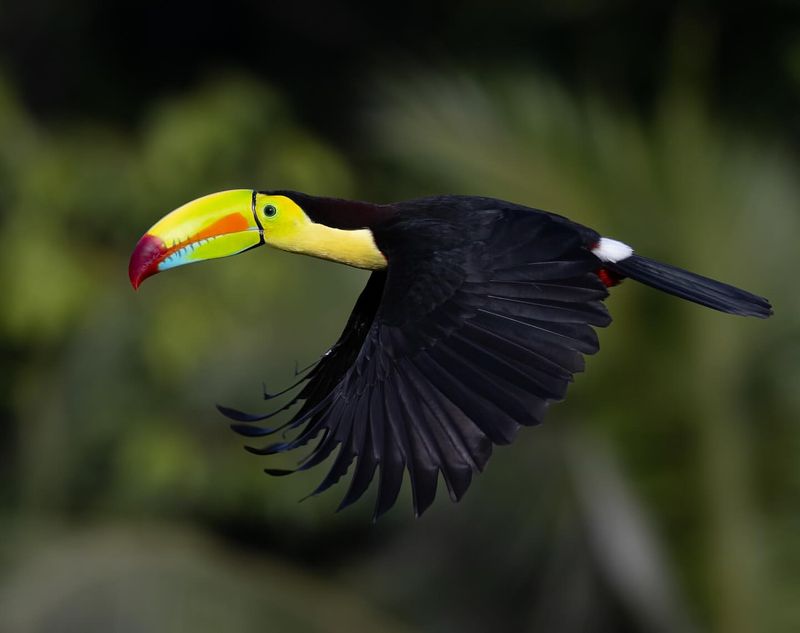
With its vivid rainbow-colored bill, the Keel-billed Toucan is an emblem of the tropical rainforests it inhabits. These social birds thrive in the canopy, feeding on a diet rich in fruits and berries.
Captivity often restricts their natural behaviors, such as foraging and social interaction, leading to stress. In the wild, they play a vital ecological role in seed dispersal, contributing to the health of their habitat.
Freedom for the Keel-billed Toucan means living amidst the rich biodiversity of the rainforest, where it can engage in its natural lifestyle and maintain its ecological contributions.
9. Blue Jay
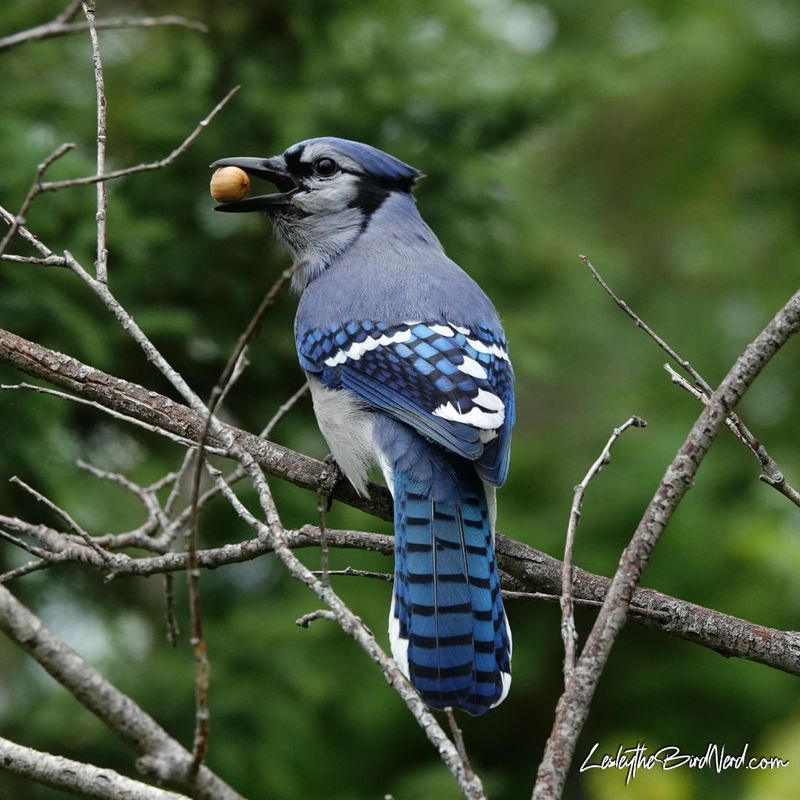
Blue Jays are known for their intelligence and complex social behaviors. Found in North America’s forests, these birds exhibit a high level of curiosity and problem-solving skills. Their stunning feathers are equally captivating, showcasing a vibrant mix of blue, white, and black with intricate patterns. The bright blue hue of their plumage is not due to pigment but a result of light refraction, making their feathers a true marvel of nature.
In the wild, Blue Jays engage in intricate social structures and are known for their playful antics. Captivity often stifles these natural tendencies, leading to boredom and frustration. To honor their lively nature,
Blue Jays need environments that stimulate their minds and allow them to interact freely, embodying the spirited essence that defines these remarkable birds.
10. Indian Peafowl
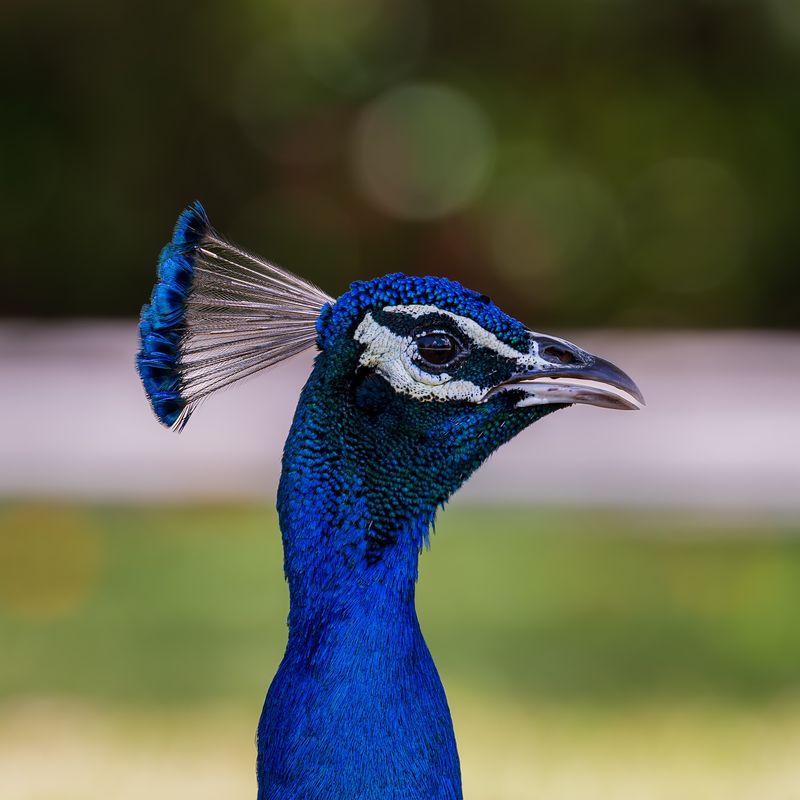
The Indian Peafowl is celebrated for its mesmerizing display of iridescent tail feathers, a sight that captivates observers worldwide.
These birds require ample space to display and thrive. In their native habitats, they engage in complex mating dances and social structures. Captivity often limits these behaviors, impacting their natural expression and wellbeing.
For Indian Peafowls, true freedom involves open spaces where they can engage in their natural courtship displays and social interactions, contributing to the vibrant tapestry of their ecosystems.
11. Peregrine Falcon
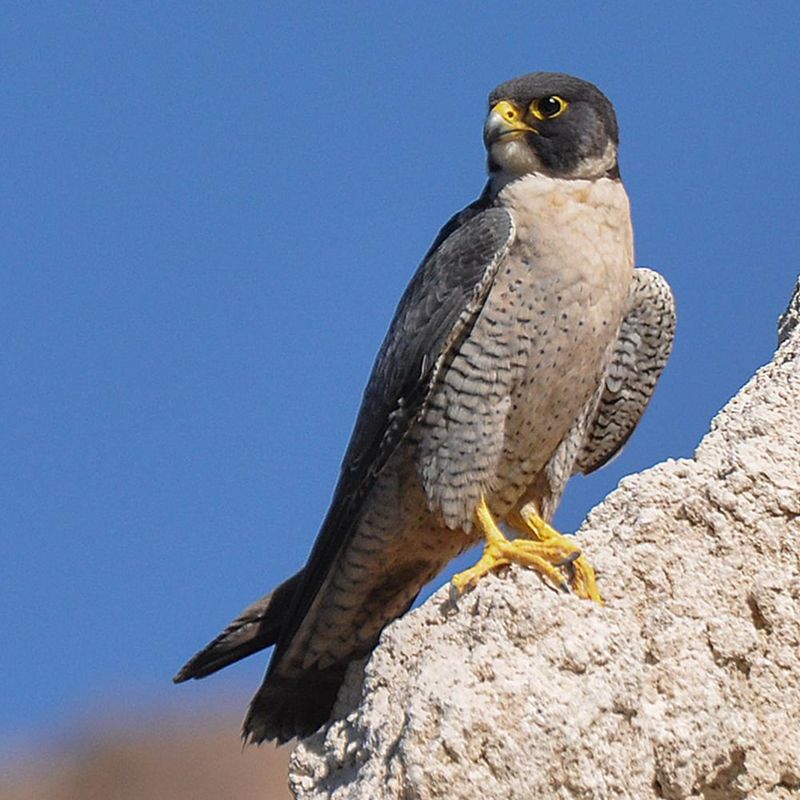
Renowned for being the fastest animal on the planet, the Peregrine Falcon epitomizes speed and agility. These birds are masters of aerial hunting, often diving at breathtaking speeds to capture prey.
Their lives in the wild are characterized by expansive territories and rigorous hunting routines. Captivity restricts these natural behaviors, affecting their physical and mental health.
True freedom for the Peregrine Falcon is realized when they soar across vast skies, showcasing their unparalleled hunting prowess and innate need for speed.
12. Rainbow Lorikeet
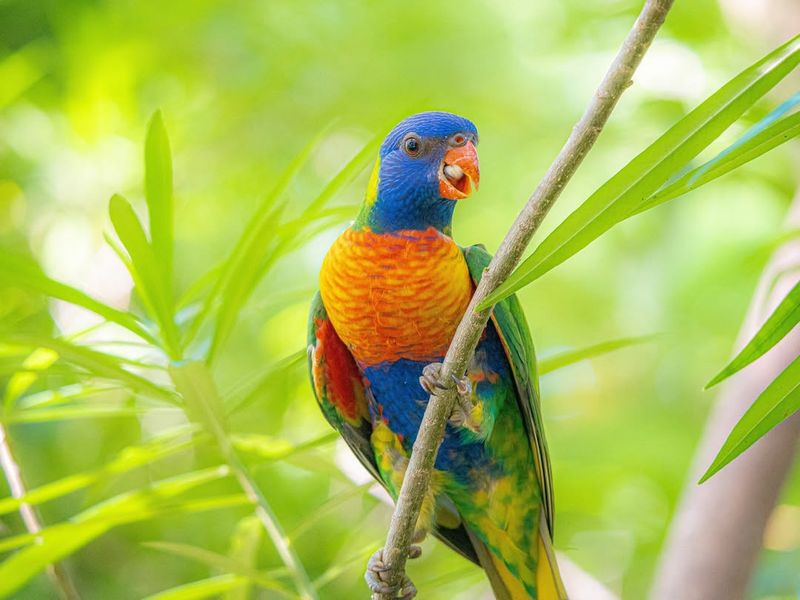
Rainbow Lorikeets are known for their dazzling plumage and playful personalities. Native to the forests of Australia, they thrive in environments rich in flowers and nectar.
These social birds are highly active, requiring significant mental and physical stimulation to maintain their wellbeing. In captivity, these needs are often inadequately met, leading to stress and boredom.
For a Rainbow Lorikeet, freedom means frolicking among blooming flowers, engaging in social interactions, and nurturing their vibrant spirits in their natural habitat.

